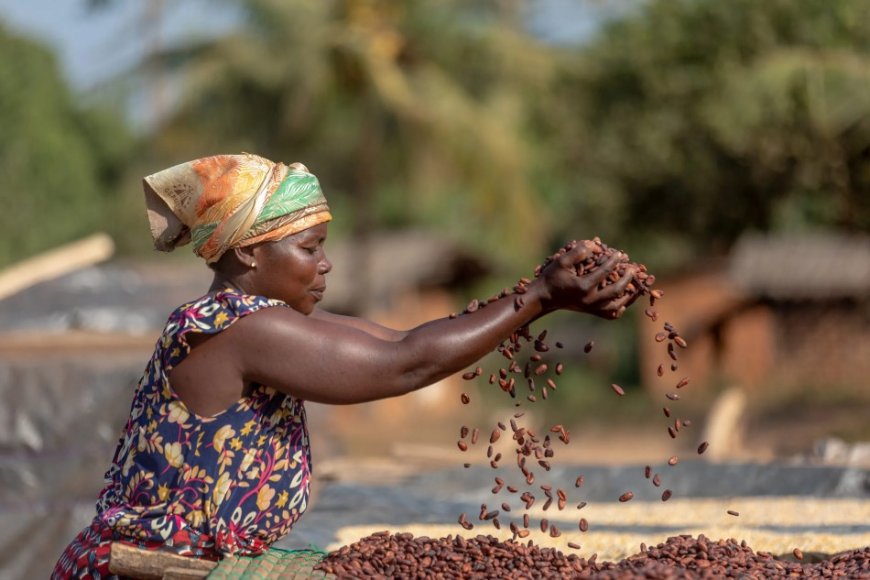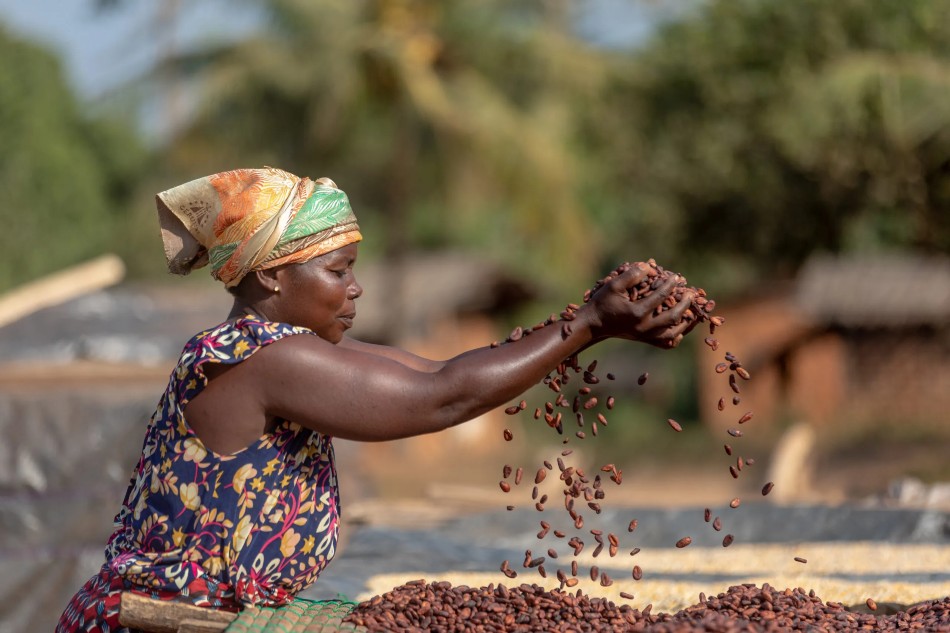Cargill accused of child labour practices on Brazilian cocoa farms
Cargill accused of child labour practices on Brazilian cocoa farms ConfectioneryNews.com

Cargill Accused of Child Labour Practices on Brazilian Cocoa Farms

The 39th Labor Court in the northeastern state of Bahia has ordered Cargill, a commodities supplier, to include clauses in its contracts with Brazilian cocoa suppliers that would terminate the commercial relationship if child labour or other unlawful working conditions are found. This lawsuit was filed by local labour prosecutors who claim that Cargill purchases cocoa from various producers, co-ops, and merchants in Brazil without being able to verify whether child labour was involved at any stage of the supply chain.
Cargill responded to the allegations by stating, “By decision of the TST (Brazilian Superior Labor Court) of 2022, the case is under full Judicial Confidentiality condition. For this reason, Cargill is not allowed to comment on any details of the case. What we can say is that Cargill disagrees with the allegations and the issued decision, against which we will appeal to the higher Court.”
Transparency and Traceability in Cocoa Supply Chains
Transparency and traceability in cocoa supply chains, particularly in West Africa, pose challenges for many major chocolate companies. Without proper monitoring and mapping, it becomes difficult to detect human rights violations or environmental abuses such as deforestation on small-holder farms. In response to these concerns, Cargill launched its Cocoa Promise in 2012, which is aligned with the five UN Sustainable Development Goals (SDGs) and aims to achieve full transparency in its supply chain to address allegations like these.
Cargill further defended itself by stating, “We do not tolerate human trafficking, forced labor, or child labor in our operations or supply chain. We take steps to understand potential issues and actively work to protect human rights, with a firm commitment to protecting children’s rights worldwide. We support the SDGs established by the UN, including the goal of eliminating child labor. In Brazil, all suppliers are checked against government embargo lists, and if violations are identified, we take immediate action to suspend the supplier.”
The company also mentioned its participation in the “Cargill Cocoa Promise” program, which includes the origination regions in Brazil. Additionally, Cargill is a signatory to the multisectoral initiative “Cocoa Action,” which brings together different actors in the cocoa supply chain to address priority issues for cocoa sustainability.
Throughout its 56 years in Brazil, Cargill has demonstrated its commitment to observing and complying with all applicable laws. The company takes this commitment seriously and expects its suppliers and partners to prioritize the safety, well-being, and dignity of individuals. More information about Cargill’s commitment to SDG-08 specifically for the cocoa chain can be found here.
The court has also ordered Cargill’s US operation to conduct a “due diligence” process to verify the presence of child labor in its supply chain and initiate a campaign to combat this practice.
SDGs, Targets, and Indicators
1. Which SDGs are addressed or connected to the issues highlighted in the article?
- SDG 8: Decent Work and Economic Growth
- SDG 12: Responsible Consumption and Production
- SDG 16: Peace, Justice, and Strong Institutions
2. What specific targets under those SDGs can be identified based on the article’s content?
- Target 8.7: Take immediate and effective measures to eradicate forced labor, end modern slavery and human trafficking, and secure the prohibition and elimination of the worst forms of child labor.
- Target 12.6: Encourage companies, especially large and transnational companies, to adopt sustainable practices and to integrate sustainability information into their reporting cycle.
- Target 16.3: Promote the rule of law at the national and international levels and ensure equal access to justice for all.
3. Are there any indicators mentioned or implied in the article that can be used to measure progress towards the identified targets?
- Indicator 8.7.1: Proportion and number of children aged 5-17 years engaged in child labor, by sex and age group.
- Indicator 12.6.1: Number of companies publishing sustainability reports.
- No specific indicator mentioned for Target 16.3.
Table: SDGs, Targets, and Indicators
| SDGs | Targets | Indicators |
|---|---|---|
| SDG 8: Decent Work and Economic Growth | Target 8.7: Take immediate and effective measures to eradicate forced labor, end modern slavery and human trafficking, and secure the prohibition and elimination of the worst forms of child labor. | Indicator 8.7.1: Proportion and number of children aged 5-17 years engaged in child labor, by sex and age group. |
| SDG 12: Responsible Consumption and Production | Target 12.6: Encourage companies, especially large and transnational companies, to adopt sustainable practices and to integrate sustainability information into their reporting cycle. | Indicator 12.6.1: Number of companies publishing sustainability reports. |
| SDG 16: Peace, Justice, and Strong Institutions | Target 16.3: Promote the rule of law at the national and international levels and ensure equal access to justice for all. | No specific indicator mentioned. |
The issues highlighted in the article are connected to SDGs 8, 12, and 16. SDG 8 focuses on decent work and economic growth, which is relevant to the issue of child labor and unlawful working conditions in cocoa supply chains. SDG 12 addresses responsible consumption and production, which relates to the need for companies to adopt sustainable practices and transparency in their supply chains. SDG 16 emphasizes peace, justice, and strong institutions, which includes promoting the rule of law and ensuring access to justice for all.
Based on the article’s content, specific targets can be identified. Target 8.7 aims to eradicate forced labor, end modern slavery and human trafficking, and eliminate the worst forms of child labor. Target 12.6 encourages companies, especially large and transnational companies like Cargill, to adopt sustainable practices and integrate sustainability information into their reporting cycle. Target 16.3 seeks to promote the rule of law and ensure equal access to justice.
The article mentions one indicator that can be used to measure progress towards Target 8.7: the proportion and number of children aged 5-17 years engaged in child labor, by sex and age group (Indicator 8.7.1). Additionally, the article implies Indicator 12.6.1, which measures the number of companies publishing sustainability reports. However, no specific indicator is mentioned for Target 16.3.
Behold! This splendid article springs forth from the wellspring of knowledge, shaped by a wondrous proprietary AI technology that delved into a vast ocean of data, illuminating the path towards the Sustainable Development Goals. Remember that all rights are reserved by SDG Investors LLC, empowering us to champion progress together.
Source: confectionerynews.com

Join us, as fellow seekers of change, on a transformative journey at https://sdgtalks.ai/welcome, where you can become a member and actively contribute to shaping a brighter future.







